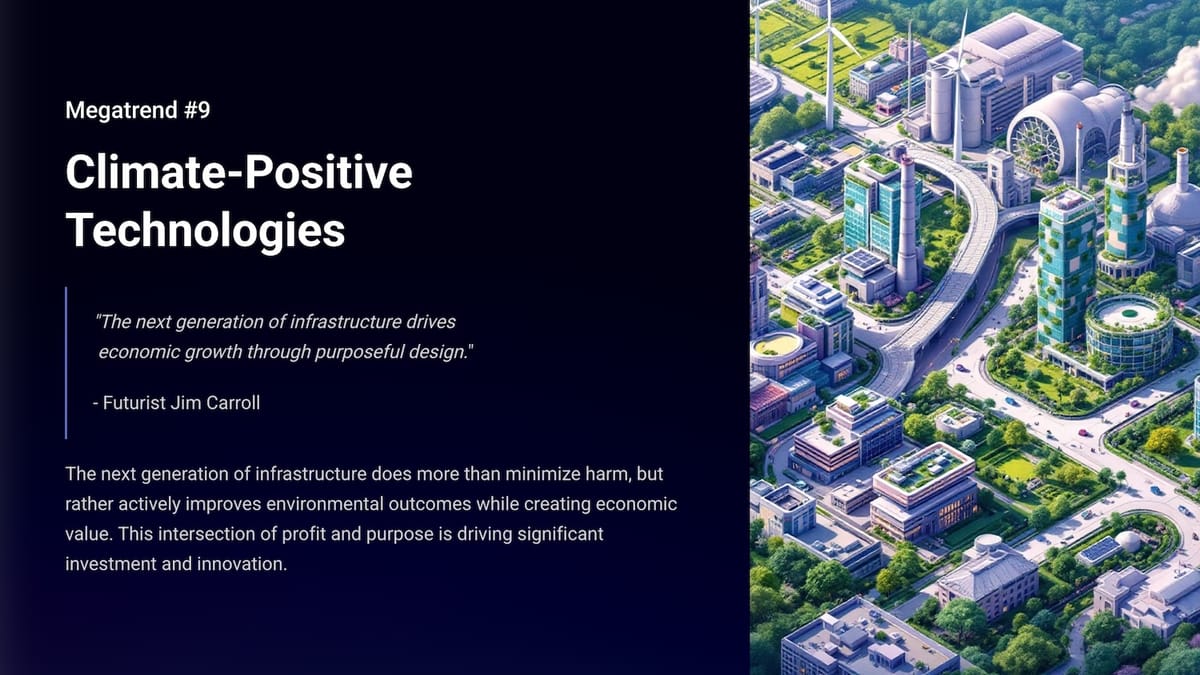"The next generation of infrastructure drives economic growth through purposeful design." - Futurist Jim Carroll
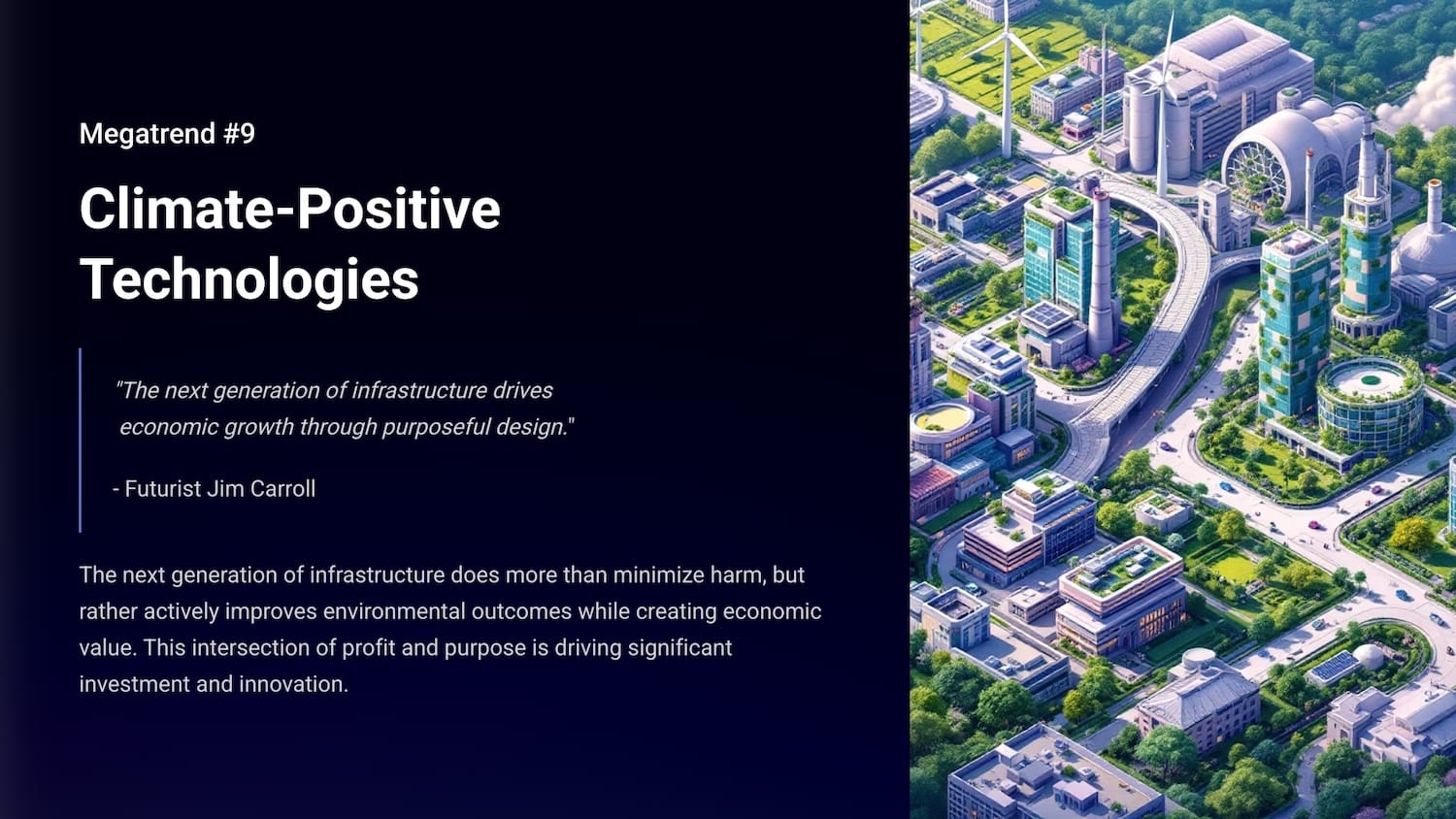
(Futurist Jim Carroll is writing a series on 30 Megatrends, which he first outlined in his book Dancing in the Rain: How Bold Leaders Grow Stronger in Stormy Times. The trends were shared in the book as a way of demonstrating that, despite any period of economic volatility, there is always long-term opportunity to be found. The book is now in print - learn more at dancing.jimcarroll.com)
Sustainability has, as of late, become a bit of a verboten word given the current political climate.
Long-game proponents know, though, that megatrends always outlast the bombast, particularly at a global scale. With that in mind, let's dive into the idea of climate-positive technologies. Want the full report? There's a PDF here!
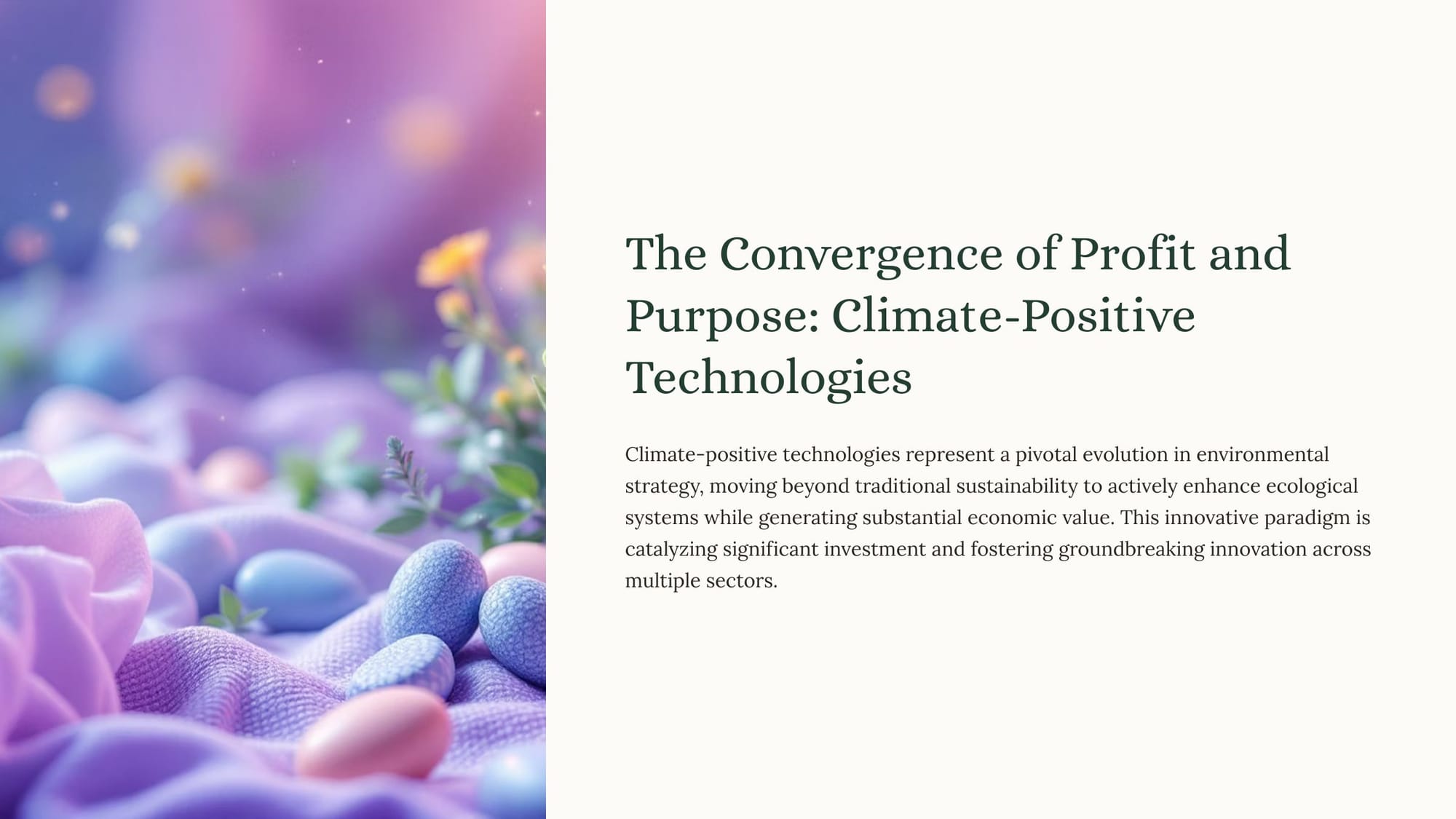
What is it? "Climate-Positive Technologies" used in infrastructure and industries are not just about reducing harm; they're about actively enhancing ecological systems and generating substantial economic value at the same time..
What exactly does "climate-positive" mean? It transcends the idea of net-zero carbon emissions by actively generating environmental benefits, specifically by extracting additional carbon dioxide from the atmosphere.
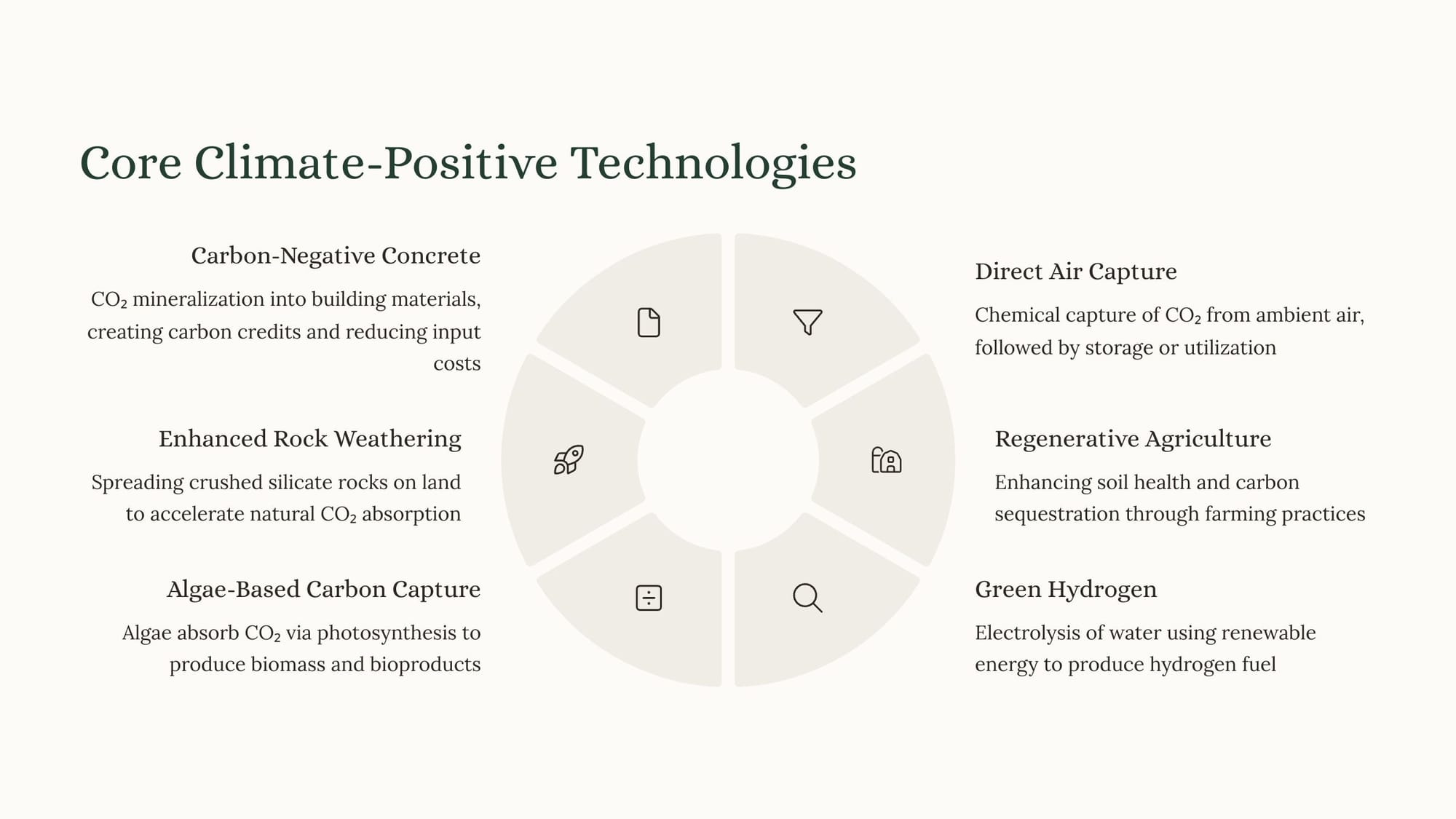
It involves such things as:
- Carbon-Negative Concrete: CO2 mineralization into building materials, creating carbon credits, and reducing input costs.
- Direct Air Capture: Chemical capture of CO2 from ambient air, followed by storage or utilization.
- Enhanced Rock Weathering: Spreading crushed silicate rocks on land to accelerate natural CO2 absorption.
- Regenerative Agriculture: Enhancing soil health and carbon sequestration through farming practices.
- Algae-Based Carbon Capture: Algae absorb CO2 via photosynthesis to produce biomass and byproducts.
- Green Hydrogen: Electrolysis of water using renewable energy to produce hydrogen fuel.
Wild and crazy ideas? Don't tell that to all the venture capital pouring in:
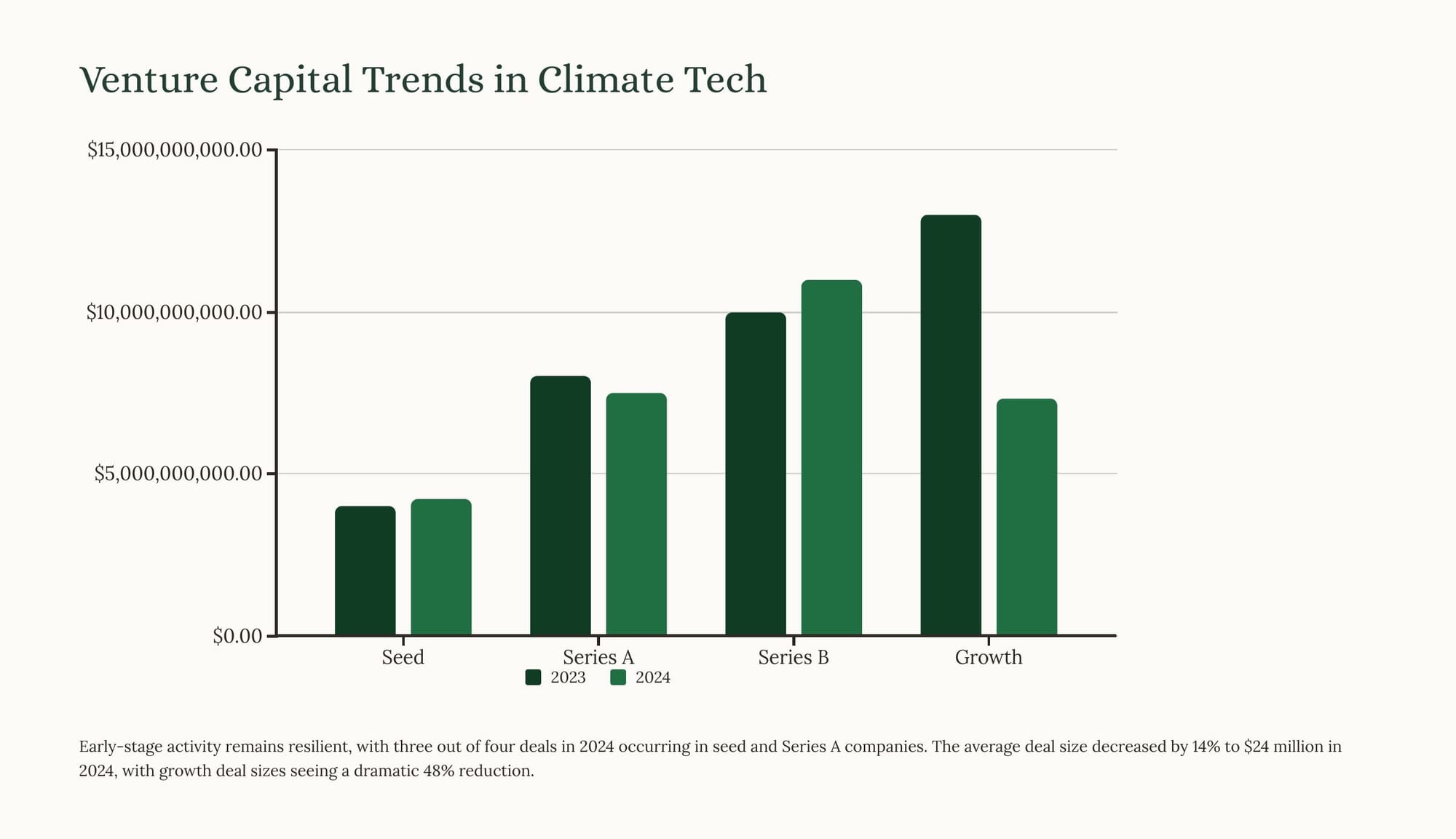
Let's take it apart.
Regenerative agriculture is a cornerstone of climate-positive efforts, focusing on practices that restore and enhance soil health while sequestering carbon. Key platforms include:
- Cover Crops: Adding organic material to soil, which is decomposed and stored as soil organic carbon.
- Reduced Tillage: Minimizing soil disturbance to help retain organic matter and prevent carbon release.
- Managed Grazing: Promoting diverse plant growth and deeper root systems for enhanced carbon storage.
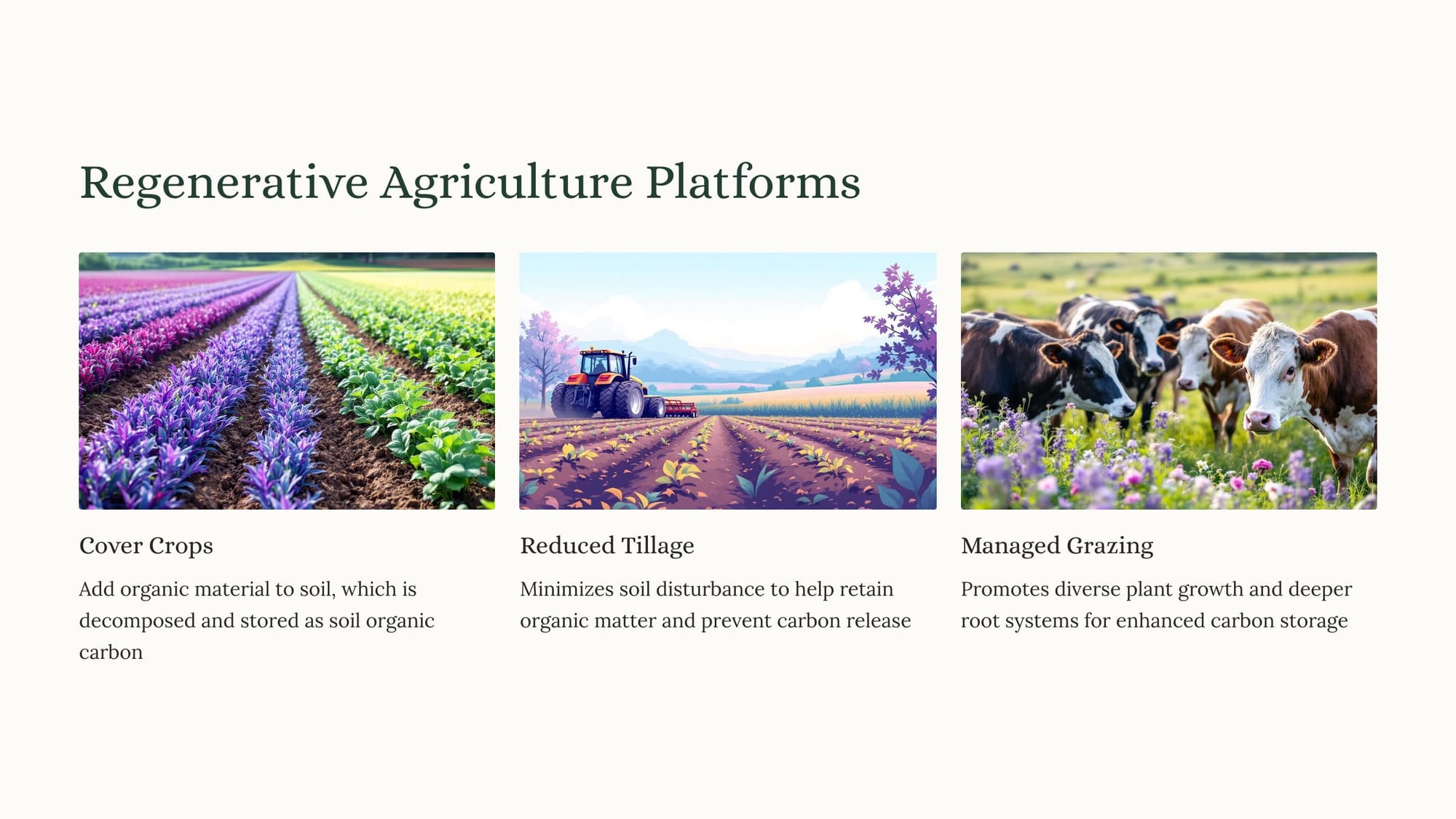
How about 'Enhanced Rock Weathering'? ERW involves spreading finely crushed volcanic rocks, such as basalt or olivine, onto agricultural fields or other land areas. These rocks absorb CO2 through chemical reactions when exposed to rain, wind, or seawater, eventually converting the CO2 into stable carbonate minerals. ERW significantly speeds up this natural process, achieving carbon removal in just a few years versus hundreds of years naturally.
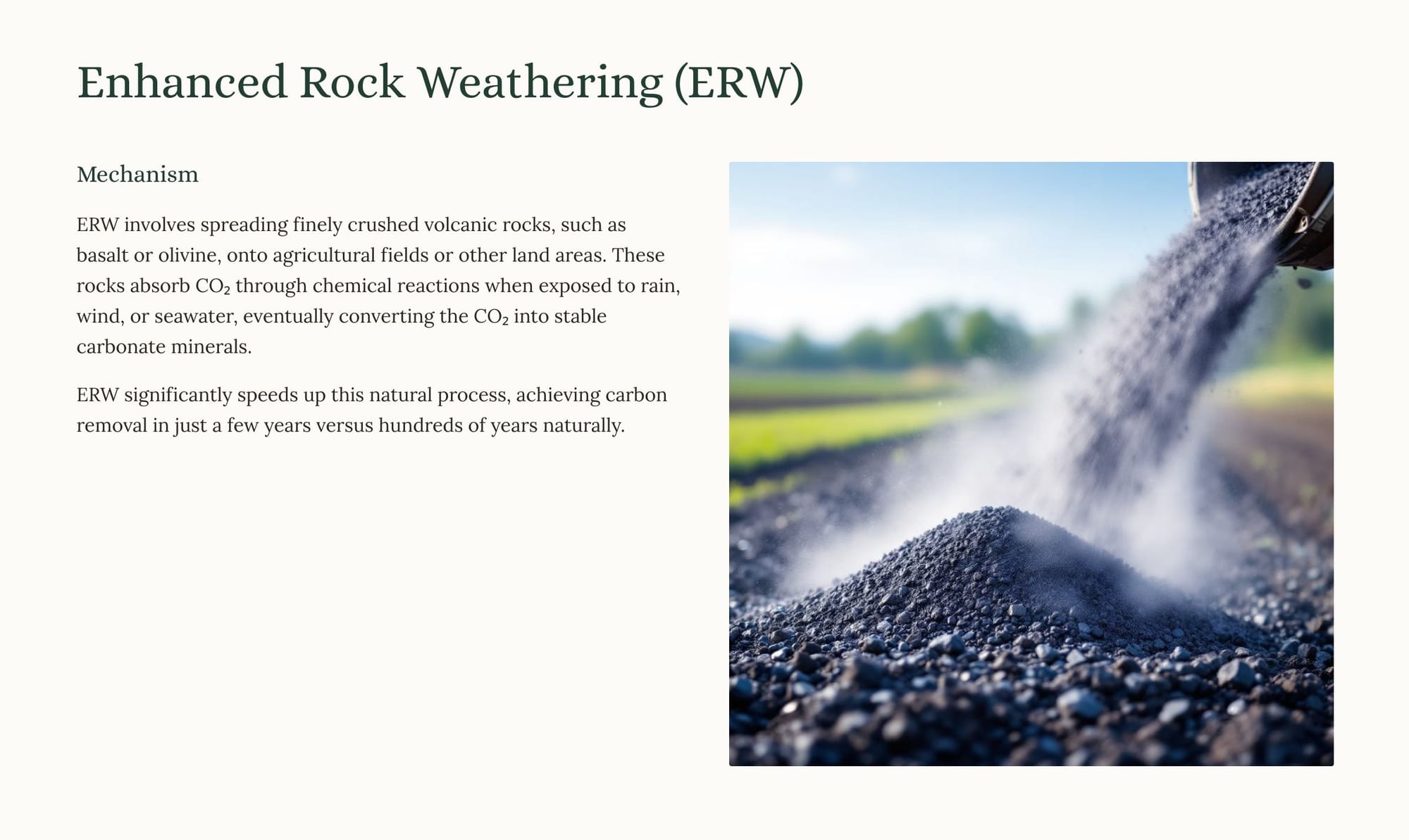
Then there is Green Hydrogen Production. Green hydrogen is produced through the electrolysis of water powered by renewable electricity. This process takes an age-old process with a new twist, splitting water molecules into hydrogen, resulting in zero carbon emissions at the point of production. This clean fuel holds immense promise for decarbonizing various sectors, because it's far more climate negative than previous alternatives.
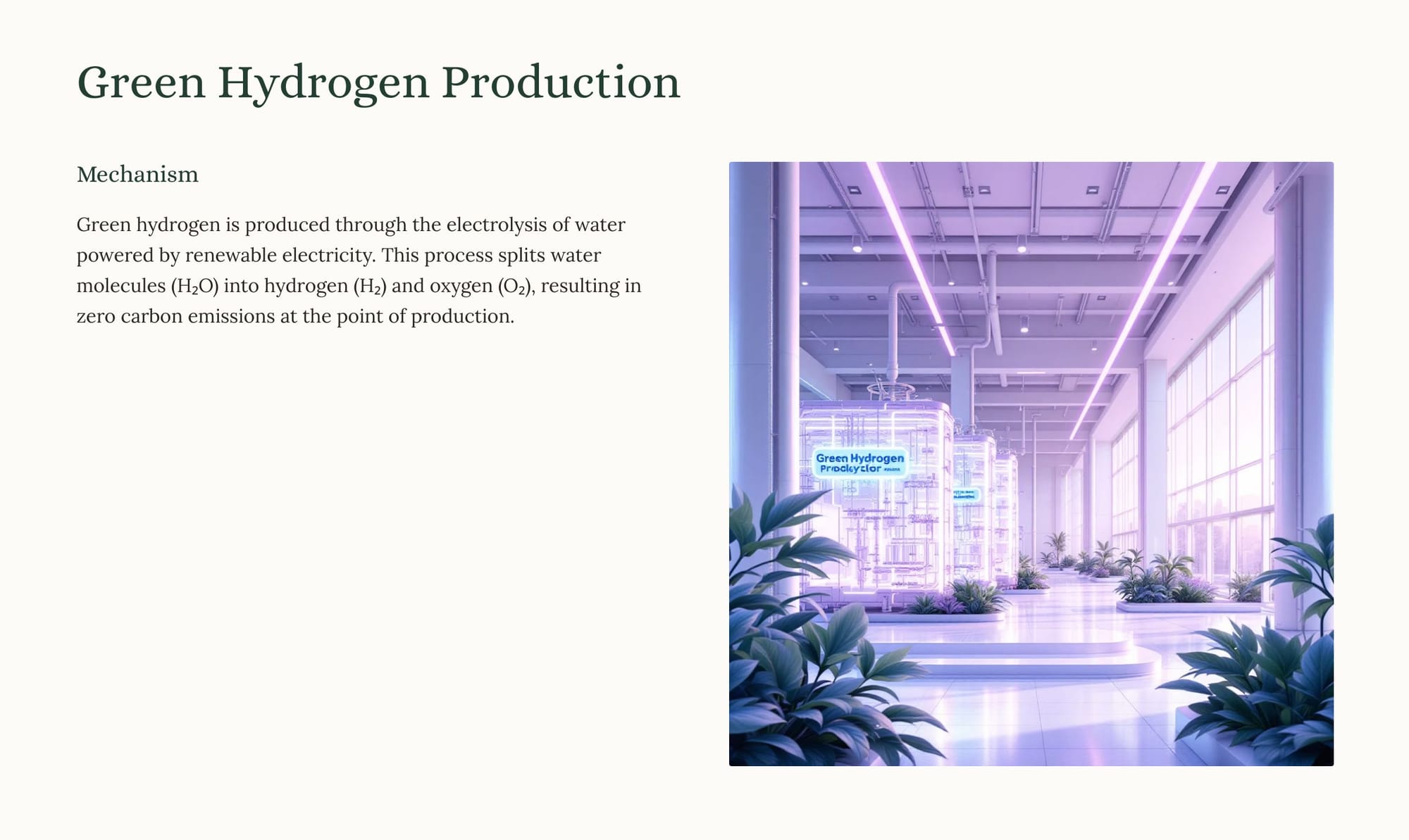
How about "Carbon-Negative Concrete?" These technologies transform concrete from an environmental liability into a tool for carbon sequestration through CO2 mineralization. Companies like CarbonCure inject captured CO2 into concrete mixes during production. The CO2 forms calcium carbonate minerals that become permanently embedded within the concrete, enhancing its strength. This offers economic value through the generation and sale of high-quality carbon credits, reduced cement usage due to enhanced strength, and the sale of carbon-negative aggregates, all contributing to circular economy benefits from waste concrete utilization.
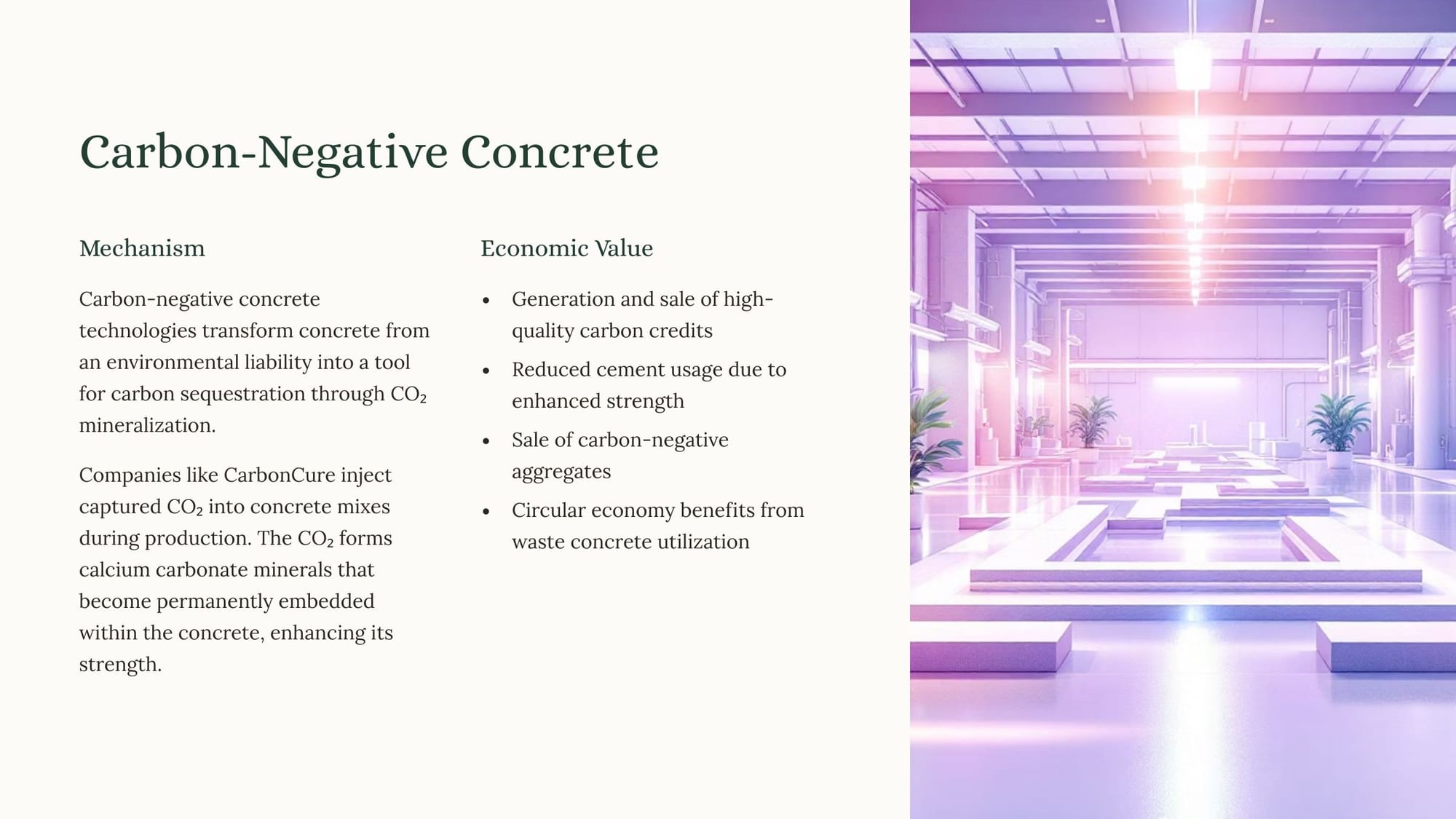
The investment landscape for climate tech is significant, and like I said, all megatrends outlast current performative political winds!
Futurist Jim Carroll likes to remind people that global megatrends always outlast and outperform small-minded thinking.

